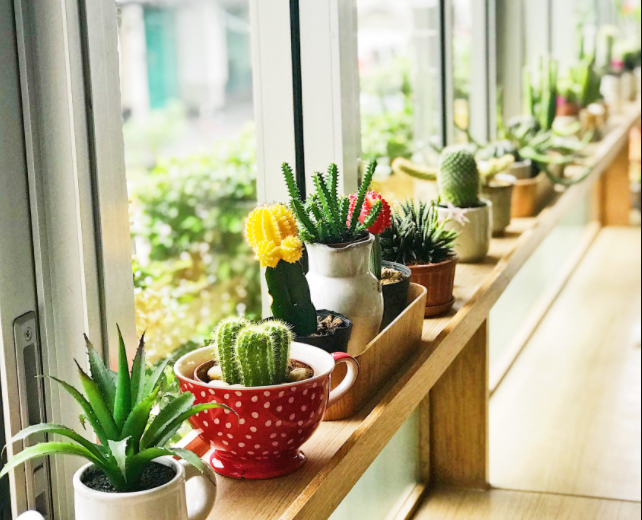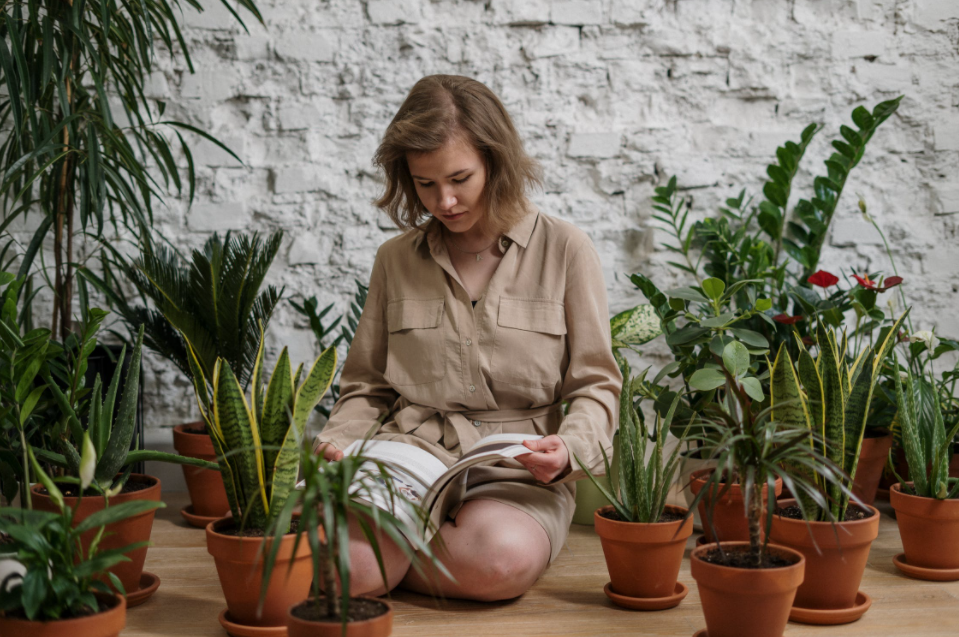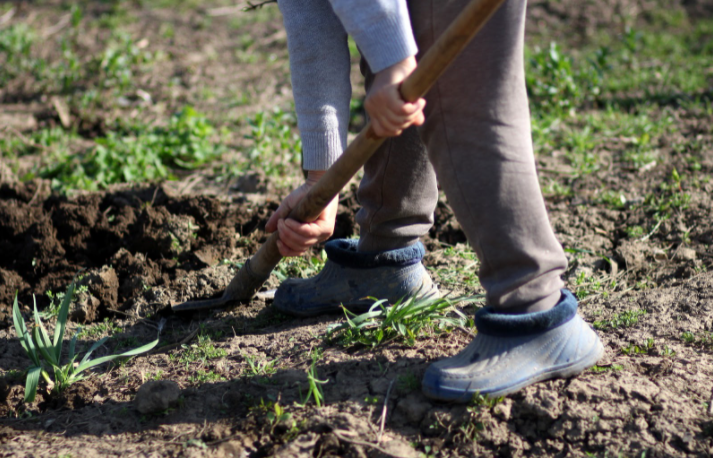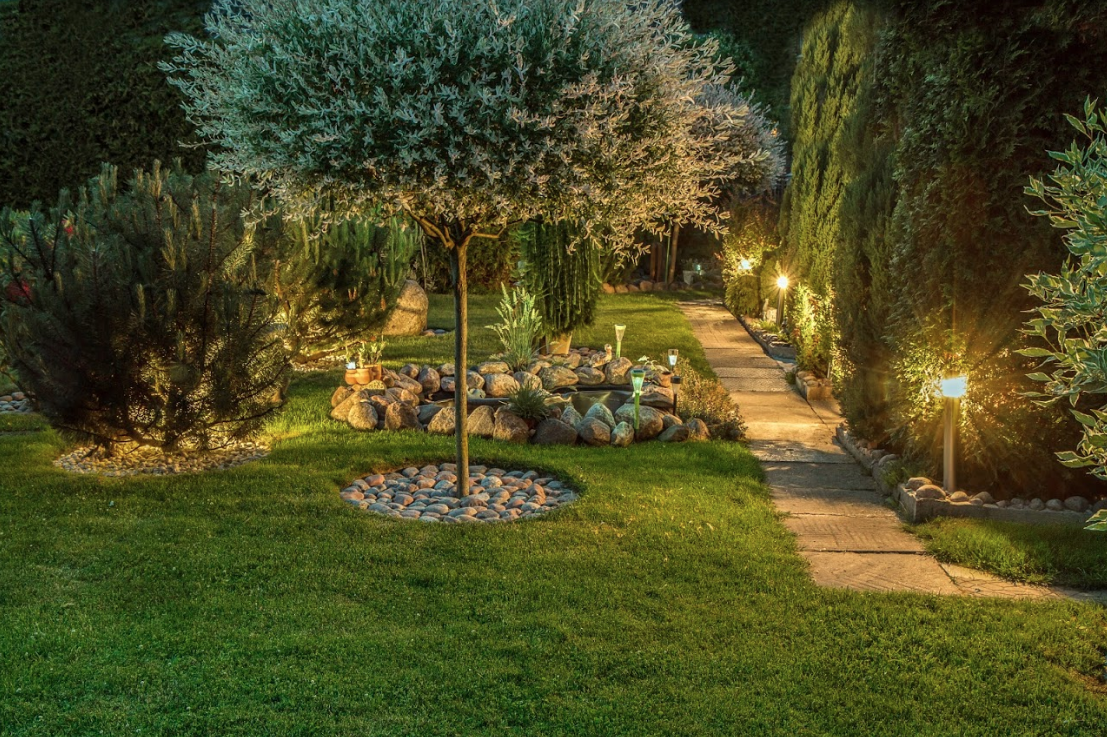Lighting Needs for Indoor Plants

Plants need light to grow since all plants use photosynthesis to convert oxygen, water, and light into carbohydrates!
Carbohydrates are the energy that plants use to bloom, grow, and produce seeds. Without sufficient light, carbohydrates aren’t manufactured, due to which plants may suffer from depletion of their energy reserves. If you want to turn your home into an indoor garden, you should consider the light requirements for your plants. Let’s look specifically at lighting needs for indoor plants.
1) Artificial lighting specifically made for plants emit the right spectrum of light for them to grow optimally
There are three factors for lighting to keep in mind when it comes to plant growth:
– Amount of light: the number of daylight hours on plants
– Light intensity: levels of light ranging from full sun to full shade
– Spectrum: cool and warm colors
If you do not have enough lights in your room for your indoor plants, artificial plant lighting is the solution to consider. Artificial plant lighting specifically made for plants emits the proper spectrum that plants need to grow optimally. Artificial lights help plants get access to the sun’s wavelength spectrums. Plants need warm orange and red hues for flowering and cool violet and blue hues for foliage. You can use a nice greenhouse grow light to ensure that your indoor plants get the right spectrum of light to grow optimally.
2) How do you know whether your indoor plants are getting too much or too little light?
There are a few things to look for to understand if your indoor plants are not getting sufficient light:
– New leaves are smaller compared to existing ones.
– Growth is spindly, with there being long spaces between successive leaves
– Slow growth or no growth
– Lower leaves become yellow and eventually fall off
– New shoots of your plants grow only toward the light
– Flowering plants either bloom poorly or don’t bloom at all
Here is what to look for to understand if your plants are getting too much light:
– Leaves fall off after becoming dry
– Plants wilt around midday
– Leaves of plants look washed out or faded
– Brown scorched patches are formed on leaves
3) How long should you keep lights on for your indoor plants?
The amount of light your indoor plants need depends upon the plant type. For example, flowering plants should receive at least 12 to 16 hours of daily light. However, foliage plants should receive around 14 to 16 hours of daily light. At the same time, ensure that your plants get at least 6 to 8 hours of total darkness in a day, as darkness is essential for plant growth. You should try and ensure that your lights are on at approximately the same time each day. It is a good idea to install an automatic timer for your lighting system. Doing so will allow you to set the time so that your lights turn on and switch off at the same time daily. You can use certain products to measure the amount of light your plant is getting and understand how much light your indoor plants actually need.
4) How far should you place your plants from the lights?
The majority of indoor plants should have the light source 6 to 12 inches from the plant tips. Keep in mind that light intensity drops as the distance from the lights increases. If you are using fluorescent tubes, bear in mind that the brightest spot is directly under the center of a fluorescent tube since they emit more light in the center than at the ends. If necessary, you can raise the plants if you cannot lower your light fixture to ensure that the plants are at an optimum distance from the lights.







